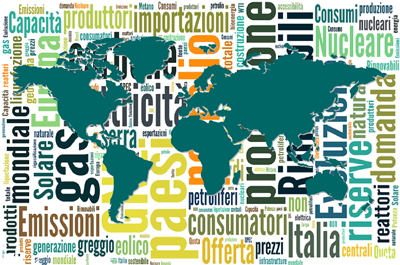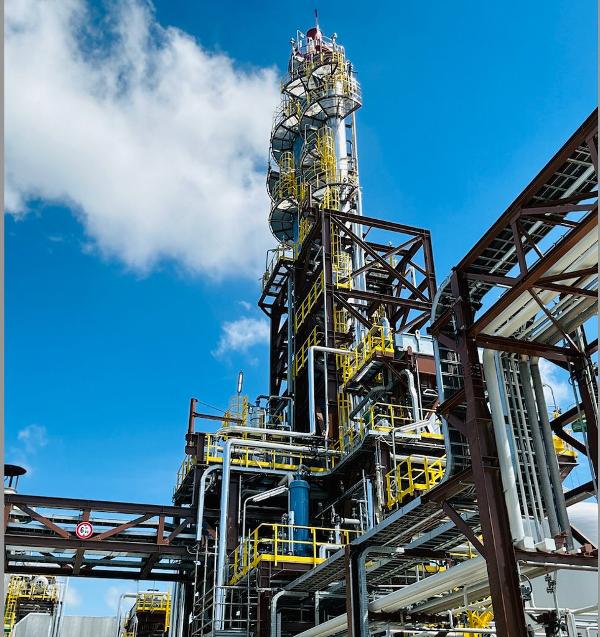2023 was going to be the year in which OPEC+ producers’ persistence paid off. The group had implemented large production cuts for all of 2023, which would significantly tighten the market (as long as the global economy avoided a recession and oil demand growth remained solid).
And, in fact, global oil demand growth was surprisingly robust in 2023…and yet oil prices heading into 2024 remain close to where they were a year ago. Moreover, we have seen unusually acrimonious exchanges between some of the world’s leading oil analysts—a group that is generally not seen as hot-headed.
What happened in 2023? Could the market once again surprise? And what risks are raised by growing disagreements among forecasters?
The biggest surprises in 2023 were for supply outside the management of the OPEC+ group. Production in Iran – which is a member of OPEC but is not assigned a quota – grew by roughly 0.5 million barrels per day (Mb/d) as sanctions enforcement weakened. Russian supply was also stronger than expected. Many analysts believed that G7 sanctions would cause output to fall sharply in 2023, but Russian success in finding new customers and access to shipping allowed production to remain relatively stable. (Russia is a participant in the OPEC+ production targets, but the potential for lower supply would have been driven by sanctions, not quotas…). Finally, US production was surprisingly strong. US shale operators were expected to focus on returning cash to investors rather than growing production. They DID generate strong cash flow…but surprised the market by also delivering strong production growth, driven by significant improvements in the efficiency of drilling operations. The US Energy Department (DOE) now assesses that domestic supply grew by a massive 1.6 Mb/d last year, much higher than initial expectations.
The result last year was that, even as demand remained robust, unexpectedly strong supply kept the market well-supplied. By year-end, the OPEC+ group was forced to extend existing production cuts at least through the first quarter of 2024. What does this experience mean for 2024? As was the case last year, most analysts expect non-OPEC supply growth to slow markedly—especially in the US. The US DOE expects domestic supply to grow by just 0.3 Mb/d this year. But will shale operators continue to surprise by delivering strong production growth even while maintaining fiscal discipline?
For 2024, demand growth has emerged as the main area of disagreement among forecasters. OPEC expects demand growth to remain robust – once again above 2 Mb/d. In contrast, the US DOE and the International Energy Agency (IEA) expect a sharp slow-down in global growth, to just over 1 Mb/d.
The balance of the global oil market – and the direction of prices – in 2024 will be driven by these factors. Strong demand growth and slowing US supply would put OPEC+ back ‘in the driver’s seat’, tightening inventories, supporting prices, and allowing the group to relax quotas and increase production. On the other hand, weaker demand growth and yet another supply surprise from the US would force the OPEC+ group to maintain – or deepen – production cuts, raising the risks of cheating. Such a scenario would also raise the potential of a price war if the group decides to regain market share it has lost to the US, as it did in 2014-15.
Another dimension of the oil market story is the large disparities among forecasters, and growing animosity between groups that historically have sought to portray themselves as objective analysts. Last year, the US DOE and the IEA both expected steeper declines in Russian supply than OPEC forecasters (who projected a less-rapid decline), leading some OPEC leaders to accuse the other forecasters of being politically motivated by their opposition to Russia’s invasion of Ukraine. (The US DOE and the IEA were both created after the oil shocks of the 1970s, with IEA comprised of the largest oil consumers of that time as an off-set to OPEC.)
Oil demand is shaping up to the rhetorical battleground this year. The IEA’s 2024 outlook is consistent with the group’s medium-term view that global oil demand is likely to peak before 2030, driven by more aggressive climate policies and the rapid growth of electric vehicles. Before the recent UN climate conference, the IEA announced that global oil companies face a “moment of truth”, calling for them to dramatically ramp up investment in green technologies rather than continue investing in fossil fuels. Meanwhile, OPEC’s long-term outlook projects that global demand will continue to increase, driven by the needs of lower-income countries for affordable energy to fuel economic growth. OPEC argues that the IEA’s “thinking on fossil fuels is ideologically driven, rather than fact-based.”
These large differences of opinion make it more difficult for oil buyers and sellers to evaluate the market’s direction, creating the potential for greater price volatility – which is not in the interest of producers or consumers. Moreover, escalating rhetoric and politicized decision-making raise concerns that disagreements between producers and consumers could move beyond words and into actual barrels.




















